Bunion and Heel Protectors
The bunion or Hallux Walgus is the bony protrusion that normally appears on the first toe (big toe) due to the inward deviation of the phalanges of the toe inward and the metatarsal outward. This deviation, in addition to the discomfort that can cause us in itself, is very uncomfortable when we use footwear, since it rubs with it and turns our march into a constant suffering. Here we will show you bunion and heel protectors to alleviate the pain caused by this pathology.
In addition to using inappropriate footwear or having suffered some trauma, the main cause of this problem is usually the way we step, so the bones are deformed as a result of the weight of the body and the movement to which it is being subjected. This anomalous footprint usually has genetic components.
To avoid this, there is nothing like bunion and heel protectors, as they protect the area against chafing and excessive pressure, reducing pain and protecting the skin. At Herbi Feet we have several types of bunion protectors, both gel and silicone, soft, comfortable and easy to put on. Don’t miss out on these fundamental and essential elements to combat bunions.
Special attention should also be paid to heel rubbing, especially when wearing new, especially stiff shoes or when not wearing socks. For this discomfort that, unfortunately, is very recurrent, a good protector in time will prevent irritation in the area of the Achilles tendon. And as this ailment affects people of all ages, at Herbi Feet we have protectors for children and adults.
Don’t forget that bunion and heel protectors will improve your daily life.
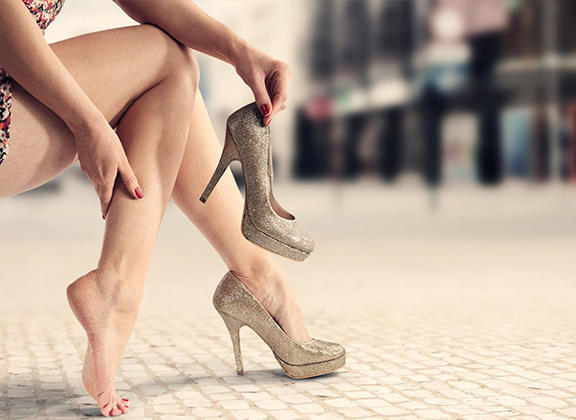
How do bunion and heel protectors work?
The function of a bunion protector, whether on the big toe or the fifth toe, is to correct the posture of the toe in its early stages and protect the skin and bone from chafing and pain. Some bunionette protectors are worn overnight to allow the bone to naturally correct its position. In each particular case it is necessary to consult which type of protector is appropriate for each person and their feet.
Heel protectors prevent the formation of calluses and improve the shape of the foot. It is recommended for people who practice sports or walk a lot, also for children because jumping, running and doing sports without control and inappropriate footwear can cause them a lot of discomfort.
The importance of learning to walk correctly
We learn to walk when we are small; however, our beginnings are unstable and the correct footwear has not always been used. Later we acquire certain postural habits either by the weight of books at school, by footwear or by imitation. Adults have always been a great mirror in which the little ones have looked at each other without realizing it. And one day, as the years go by, back pain, foot deformities and discomfort appear, and we realize that we still do not know how to walk.
As for us it is an action that we believe to be mechanical, we hardly pay attention to it.. Al caminar existe una norma básica: talón, planta, puntera, espalda recta y brazos a los lados moviéndose al ritmo de los pasos . Es muy sencillo y todos pensamos que lo hacemos bien, pero, ¿y si nos fijamos en las suelas, las puntas y los bordes de los zapatos que más utilizamos? ¿Sufren un desgaste por igual? Arrastrar los pies, girarlos al caminar o torcer los tobillos es muy frecuente. Estas posturas se deben corregir cuanto antes, si es en la edad temprana mucho mejor.
To avoid the symptoms of bunions and many other pathologies, it is essential to walk correctly.
Rehabilitation after bunion surgery
If it has not been possible to avoid that the deformity of the finger goes to more because of the bunions in many cases it is probable that it is necessary to pass by the operating room. Recovery will take some time, will be uncomfortable and painful depending on the degree of pain tolerance of each. Nevertheless, it is important to begin rehabilitation as soon as possible. What should you do?
- Eat well and rest as much as you can. Yes, there is a painful part of rehabilitation and an equally necessary part, which is paying attention to the rest of your body. A well-nourished body is able to heal wounds faster and defend itself against possible infections. Amino acids repair and rebuild the body, vitamin C is antioxidant and healing. Carbohydrates provide glucose, necessary to provide energy to the body, as well as nutrients, which strengthen the immune system and fiber.
- Sufficient sleep strengthens the immune system, regenerates tissues, releases tension in muscles, spine and joints, regulates blood circulation, lowers the heart rate and improves brain activity, which is necessary to cope with post-operative rehabilitation.
- Do the exercises prescribed by your doctor. Although they may seem painful, it is the doctor who knows what exercises you need to do for your recovery. However, do not put pressure on yourself, do not suffer more than you can bear and, in case of any doubt, change of color, swelling, fever, lack of improvement or any other situation, always go to the doctor, no matter how many times you ask. You will find good advice on the Internet, but each person and their body are different; advice is a reference, it is up to your doctor to decide.
Products that can help you
-
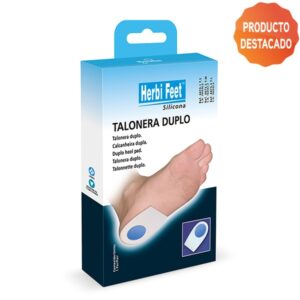
DUPLO HEEL CUP
Read more -
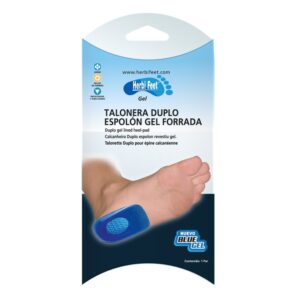
DUPLO LINED GEL HEEL SPUR CUP
Read more -
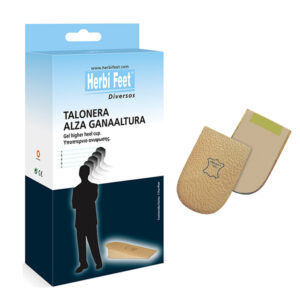
HEIGHT INCREASING HEEL CUP
Read more -
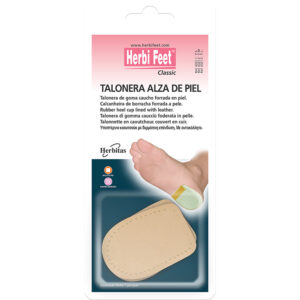
LEATHER HEIGHT INCREASING HEEL CUP
Read more -
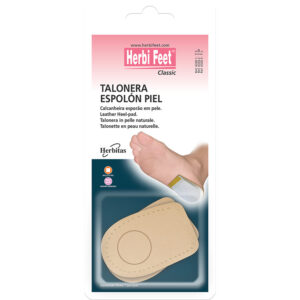
LEATHER SPUR HEEL CUP
Read more -
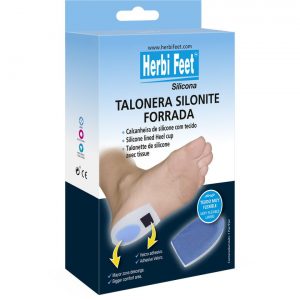
LINED SILONITE HEEL CUP
Read more -
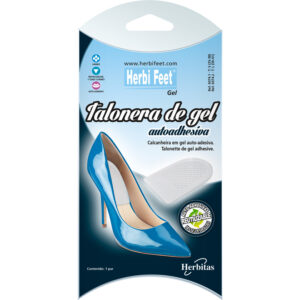
SELF-ADHESIVE GEL HEEL CUP
Read more -
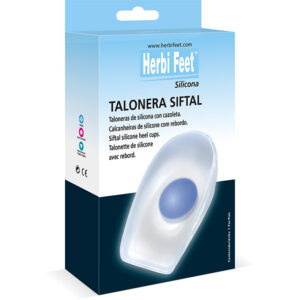
SIFTAL HEEL CUP
Read more -

SIFTAL HEEL CUP FOR CENTRAL/LATERAL SPURS
Read more